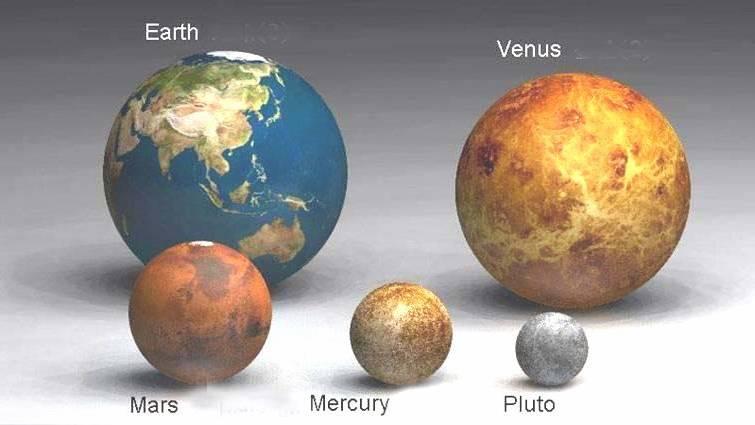The Earth in Perspective (1) - The Inner Planets
These images were sent to me by my brother .. .who got them from a friend in the Caymen Isles. So I’ve no idea where they originated, but I think that they are a clever way of demonstrating the size of the Earth relative to other objects in the Universe.
They prompted me to go away and read up on the background, which I found sufficiently interesting that I thought that I’d present it here.
Of course it is worth recalling that, big though planets and stars may be, they are themselves insignificantly small in comparison to the empty space between them.
These images were sent to me by my brother .. .who got them from a friend in the Caymen Isles. So I’ve no idea where they originated, but I think that they are a clever way of demonstrating the size of the Earth relative to other objects in the Universe.
They prompted me to go away and read up on the background, which I found sufficiently interesting that I thought that I’d present it here.
Of course it is worth recalling that, big though planets and stars may be, they are themselves insignificantly small in comparison to the empty space between them.

This first image shows the size of the Earth relative to the other three inner (or rocky) planets, and to Pluto, which isn’t a rocky planet (being mostly made of ice) and is an object from the ‘Kuiper belt’, a region of similar small icy worlds in the outer reaches of the Solar system.
Venus (like Earth) is shown here without its atmosphere. Otherwise all that would be visible would be the cloudtops, and Venus would appear as a featureless white ball.
I would guess that this image was created before the 2006 Congress of the International Astronomical Union, which reclassified Pluto as a ‘Dwarf planet’, and added two further Dwarf planets - Ceres (discovered in 1801 and previously classified as an asteroid), and Eris (discovered in 2003). Eris is another Kuiper Belt world, slightly bigger than Pluto, and darker in colour. Ceres is considerably smaller; less than half the diameter of Pluto, and its orbit lies between Mars and Jupiter. Two more small outer Solar System dwarf planets, Haumea and Makemake, have subsequently been added (and there are likely to be more yet).
There are therefore now either eight planets or thirteen depending on whether you count Dwarf planets or not.
Venus (like Earth) is shown here without its atmosphere. Otherwise all that would be visible would be the cloudtops, and Venus would appear as a featureless white ball.
I would guess that this image was created before the 2006 Congress of the International Astronomical Union, which reclassified Pluto as a ‘Dwarf planet’, and added two further Dwarf planets -
There are therefore now either eight planets or thirteen depending on whether you count Dwarf planets or not.
References
A Short History of Nearly Everything, Bill Bryson (2003)
The Nine Planets, Bill Arnett
PlanetQuest, JPL / Caltech
University of Illinois Stars Encyclopedia, Jim Kaler
Astronomy Picture of the Day, NASA
Wikipedia
(OK, hardly primary sources, but they reference their primary sources)
A Short History of Nearly Everything, Bill Bryson (2003)
The Nine Planets, Bill Arnett
PlanetQuest, JPL / Caltech
University of Illinois Stars Encyclopedia, Jim Kaler
Astronomy Picture of the Day, NASA
Wikipedia
(OK, hardly primary sources, but they reference their primary sources)